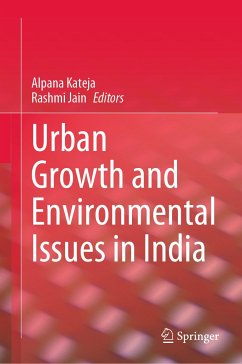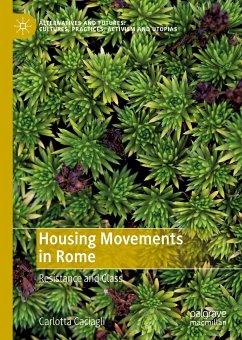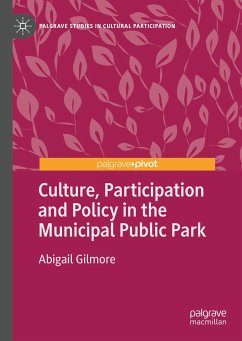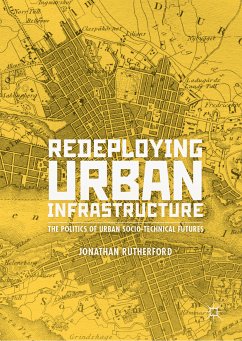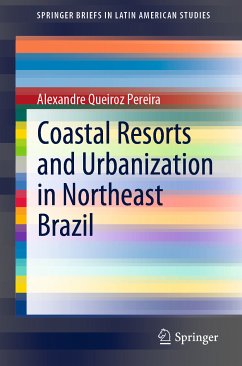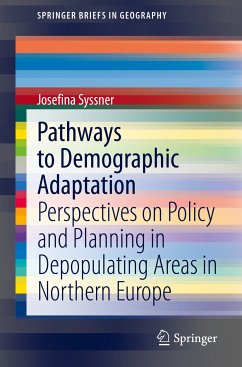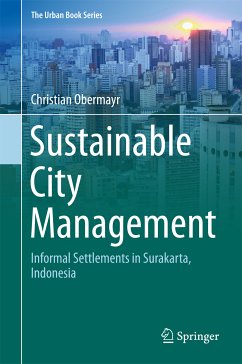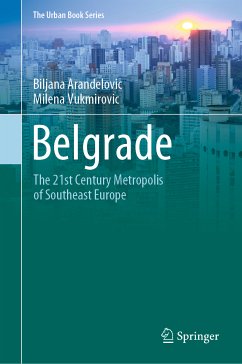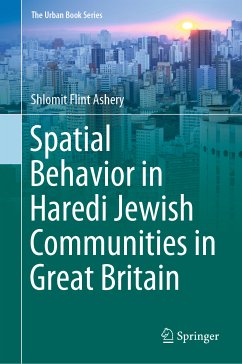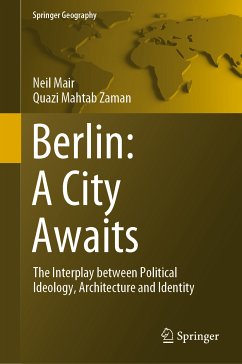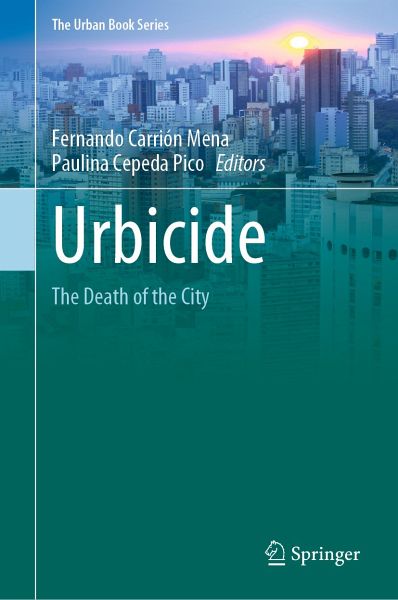
Urbicide (eBook, PDF)
The Death of the City
Redaktion: Carrión Mena, Fernando; Cepeda Pico, Paulina
Versandkostenfrei!
Sofort per Download lieferbar
160,95 €
inkl. MwSt.
Weitere Ausgaben:

PAYBACK Punkte
80 °P sammeln!
This book uses the reflection of academics specialized in the urban area of ¿¿Latin America, Europe and the United States, to initiate a comparative debate of the different dynamics in which Urbicidio expresses itself. The field or focal point of analysis that this publication approaches is the city, but under a new critical perspective of inverse methodology to that has been traditional used. It is about understanding the structural causes of self-destruction to finally thinking better and then going from pessimism to optimism.It is a deep look at the city from an unconventional entrance, b...
This book uses the reflection of academics specialized in the urban area of ¿¿Latin America, Europe and the United States, to initiate a comparative debate of the different dynamics in which Urbicidio expresses itself. The field or focal point of analysis that this publication approaches is the city, but under a new critical perspective of inverse methodology to that has been traditional used. It is about understanding the structural causes of self-destruction to finally thinking better and then going from pessimism to optimism.
It is a deep look at the city from an unconventional entrance, because it is about knowing and analyzing what the city loses by the action deployed by own urbanites, both in the field of its production and in the field of its consumption. This suppose that the city does not have an ascending linear sequential evolution in its development but neither in each of its parts in the improvement process, showing the face that commonly not seen but others live.
The category used for this purpose is that of Urbicidio or the death of the city, which contributes theoretically and methodologically to the knowledge of the city, as well as to the design of urban policies that neutralize it. In addition, it is worth mentioning that the book has an inclusive view of the authors. For this reason, gender parity, territorial representation and the presence of age groups have been sought.
It is a deep look at the city from an unconventional entrance, because it is about knowing and analyzing what the city loses by the action deployed by own urbanites, both in the field of its production and in the field of its consumption. This suppose that the city does not have an ascending linear sequential evolution in its development but neither in each of its parts in the improvement process, showing the face that commonly not seen but others live.
The category used for this purpose is that of Urbicidio or the death of the city, which contributes theoretically and methodologically to the knowledge of the city, as well as to the design of urban policies that neutralize it. In addition, it is worth mentioning that the book has an inclusive view of the authors. For this reason, gender parity, territorial representation and the presence of age groups have been sought.
Dieser Download kann aus rechtlichen Gründen nur mit Rechnungsadresse in A, B, BG, CY, CZ, D, DK, EW, E, FIN, F, GR, HR, H, IRL, I, LT, L, LR, M, NL, PL, P, R, S, SLO, SK ausgeliefert werden.



